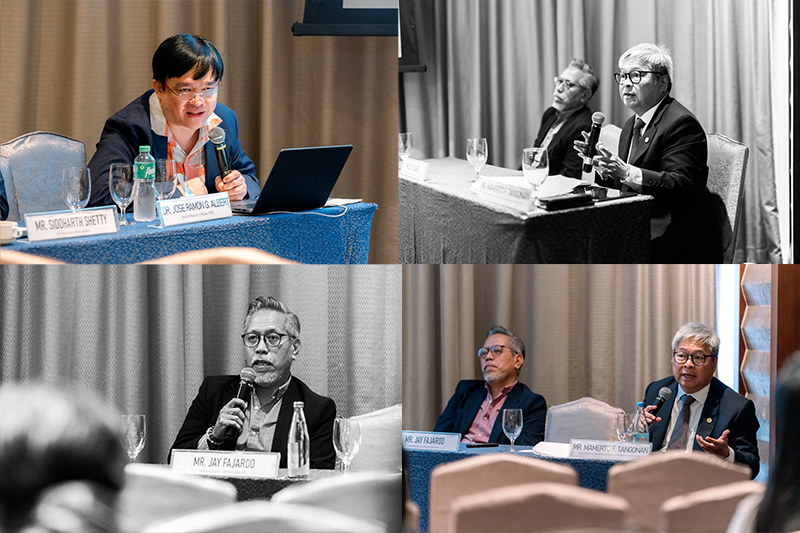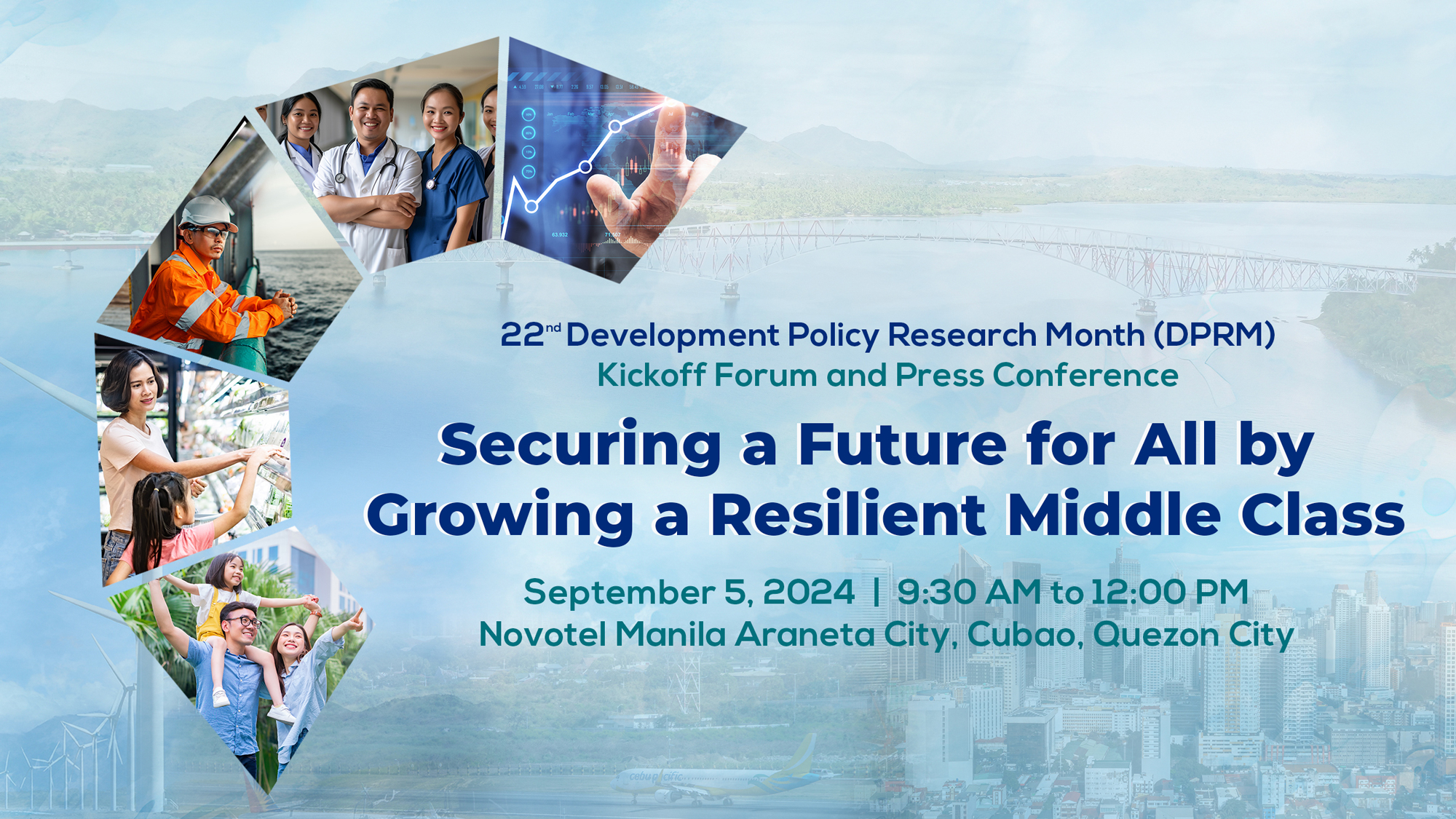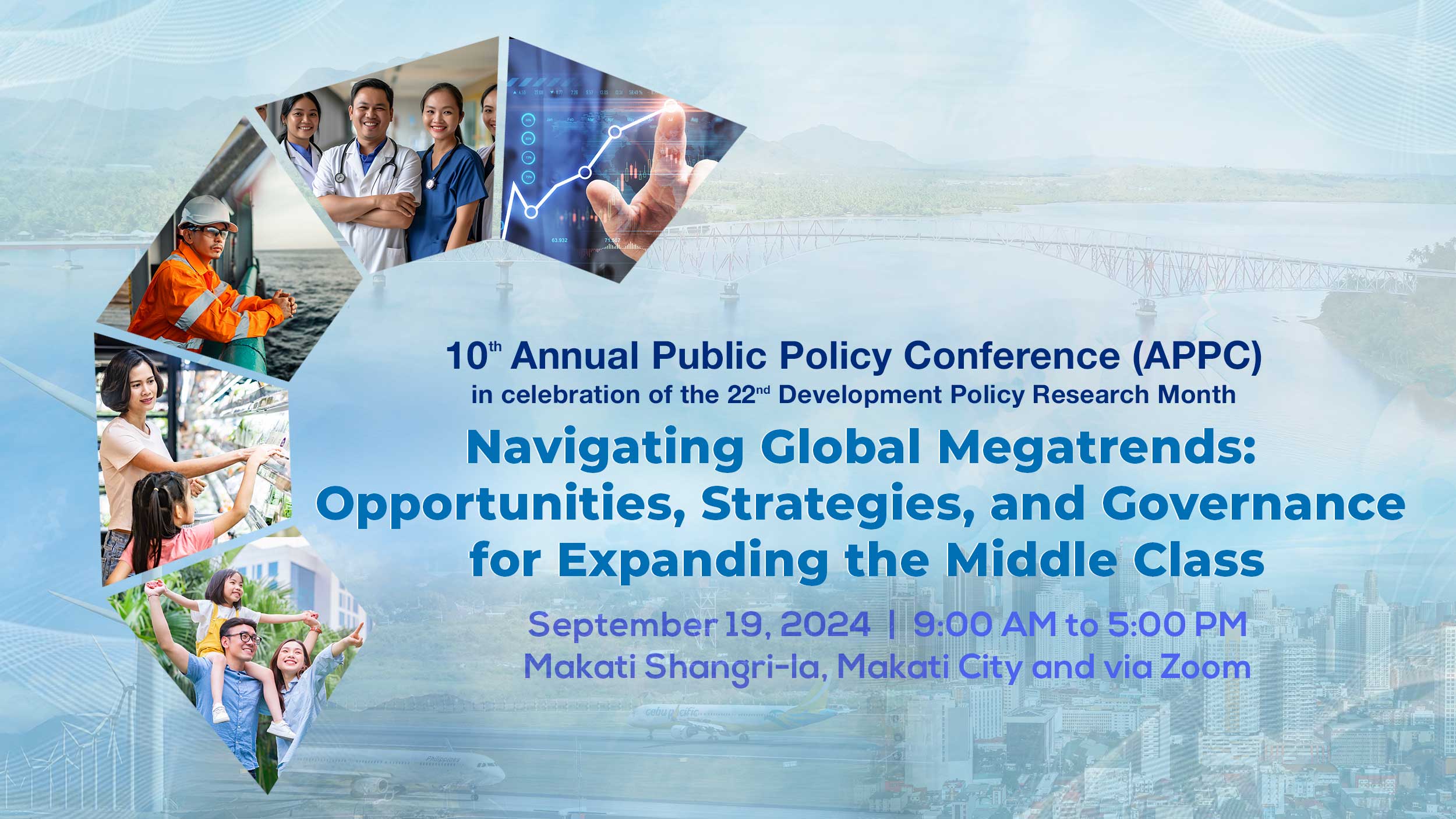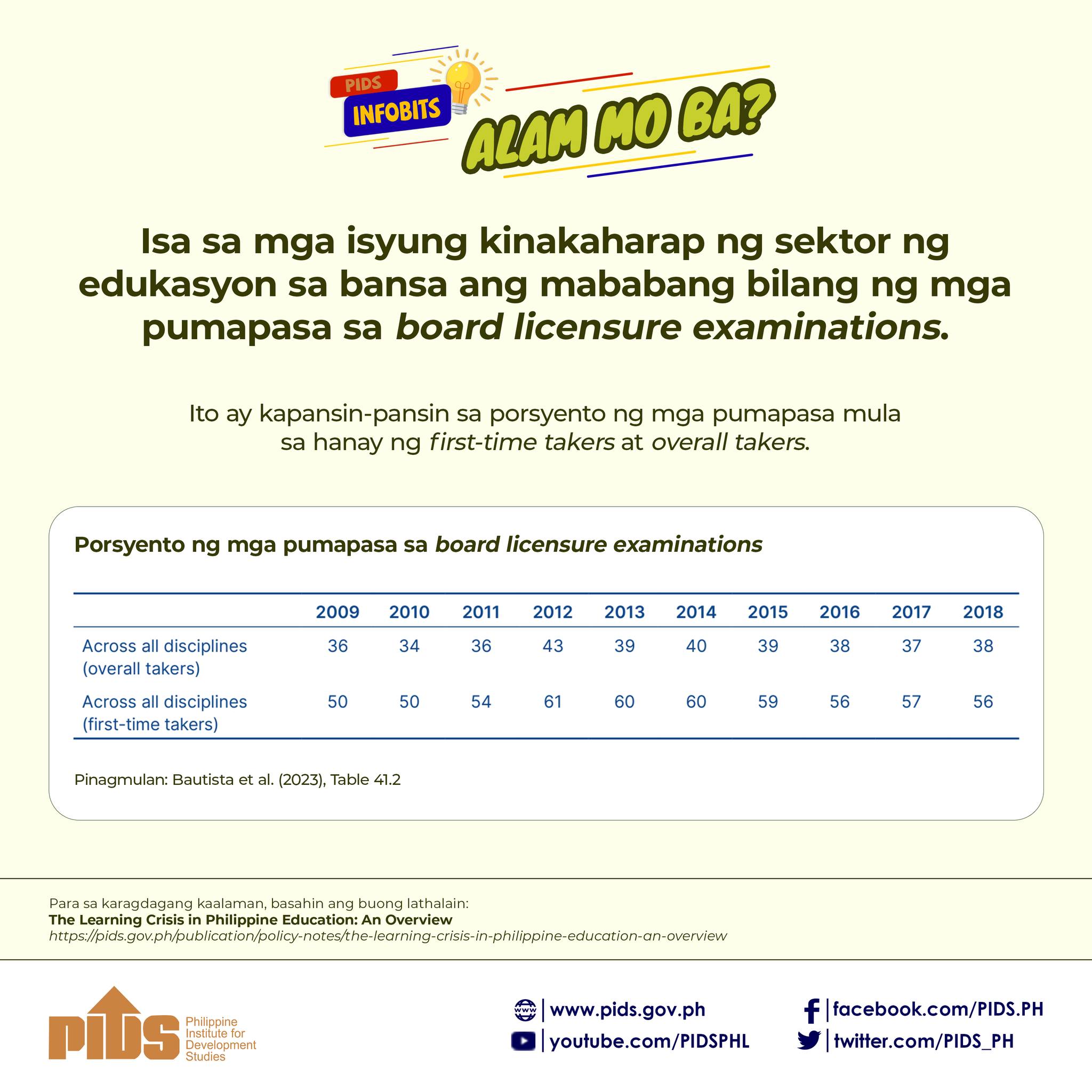MANILA — A composite photo circulating on Facebook shows taxpayers settling with fried fish dunked in a bowl of clear soup, while the poor enjoy a more exquisite serving of crispy pork belly during the Luzon-wide quarantine.
It’s a message clearly intended to put in sharp focus the supposed inequality between poor Filipinos, who stand to benefit from a multibillion-peso cash dole-out from the government, and a hard-working middle class fearing they’re being left out.
But economists cautioned against framing the issue as a clash between 2 income classes that make up the vast majority of the country’s population of more than 105 million.
“We should not be stoking this division... this is not the time to be divided,” Ronald Mendoza, dean of the Manila-based Ateneo School of Governance, told ABS-CBN News.
“We should try to unify the country in a common cause but we should be fair.”
A number of middle-income earners have taken to social media, raising the issue of “fairness” and demanding assistance similar to what the poor were getting in the form of food packs and cash aid.
‘POOR REALLY HAVE NOTHING’
The government has set aside P200 billion to help some 18 million low-income households get by for 2 months during the lockdown, which has been extended until the end of April.
Under the program, these families will receive between P5,000 and P8,000, with the amount computed based on regional wage.
The plan has reignited the debate over why income tax-paying Filipinos have to shoulder cash dole-outs for the poor, an issue also raised over the conditional cash transfer program introduced by former President Gloria Macapagal-Arroyo and expanded under the next administrations.
But especially during the COVID-19 crisis, when communities are locked down and there’s little economic activity, people should realize that it’s the poor that are most at risk, said Jose Ramon Albert, senior research fellow at the Philippine Institute for Development Studies (PIDS), the government’s economic think tank.
“We forget that they’re the ones who are really much more affected so they need more help than us,” he told ABS-CBN News. “The poor really have nothing.”
DIVIDE
Many Filipinos—an estimated 17.6 million who were under the poverty line as of last year—are poor for many reasons, several of which are “because of things they have little control over” such as lack of proper nutrition at an early age, education, and better opportunities, said Mendoza.
“You could have easily been on that side of the divide, so in terms of fairness and unifying the country, you give people a fair shot,” he said. “You give them an ability to break out of something that they did not create nor was their fault.”
Critics of the government dole-out argued that poverty was the consequence of people not working hard and relying on others for help, which is true in many cases, said Mendoza.
But with no skills and education, a street vendor, for instance, won’t get far even if he worked with dogged determination, he noted.
The middle class is seen as generally more resilient and not needing “as much attention as the poor” during the COVID-19 crisis, Albert said but noted that they, too, should get “palpable” assistance from the government.
It’s important to understand the different types of “middle class,” which made up 40 percent of the population as of 2015, in the Philippine context, he said.
The classification includes the lower middle-income (earning between P19,040 and P38,080 monthly), middle middle-income (P38,080 to P66,640), and the upper middle-income (P66,640 to P114,240), according to a PIDS study, led by Albert, which computed the income range based on 2017 prices for a family of 5.
Unless they receive government support and intervention, many of those in the lower middle-income class would “start feeling the brunt” during the crisis and some might even slide back to poverty, he warned.
“Pag ikaw yung naapektuhan, parang ang hirap mo bumawi,” he said, noting that lower middle-income Filipinos should be included in the government’s P270-billion emergency cash aid.
(If you’re the one affected, it's difficult to bounce back.)
INSECURITY
Mendoza said many such households could suffer heavily in case a family member falls ill or a breadwinner loses his job permanently because of the lockdown.
Such is the “insecurity” of the middle class, which the government must address with “some creative ways” and a “nuanced” approach to giving aid.
“It’s an insecure group because they have a lot to lose,” he said. “These are people who tried their best to lift themselves out of poverty based on opportunities they worked for and opportunities they’re granted, but there’s a lot of insecurity.”
In Valenzuela City, Mayor Rex Gatchalian said the initial wave of 112,000 food vouchers went to its poor and “near poor” families, and a second batch of 216,000 vouchers next week would include the middle class.
“Most of them have already exhausted their buffer savings on basic goods. Some families also have to contend with no-work, no-pay (scenarios), while others are juggling expenses brought by sickness in the family,” he told ABS-CBN News.
Gatchalian said he and other Metro Manila mayors had signed a resolution calling for the expansion of the coverage of the multibillion-peso social amelioration program.
It’s a message clearly intended to put in sharp focus the supposed inequality between poor Filipinos, who stand to benefit from a multibillion-peso cash dole-out from the government, and a hard-working middle class fearing they’re being left out.
But economists cautioned against framing the issue as a clash between 2 income classes that make up the vast majority of the country’s population of more than 105 million.
“We should not be stoking this division... this is not the time to be divided,” Ronald Mendoza, dean of the Manila-based Ateneo School of Governance, told ABS-CBN News.
“We should try to unify the country in a common cause but we should be fair.”
A number of middle-income earners have taken to social media, raising the issue of “fairness” and demanding assistance similar to what the poor were getting in the form of food packs and cash aid.
‘POOR REALLY HAVE NOTHING’
The government has set aside P200 billion to help some 18 million low-income households get by for 2 months during the lockdown, which has been extended until the end of April.
Under the program, these families will receive between P5,000 and P8,000, with the amount computed based on regional wage.
The plan has reignited the debate over why income tax-paying Filipinos have to shoulder cash dole-outs for the poor, an issue also raised over the conditional cash transfer program introduced by former President Gloria Macapagal-Arroyo and expanded under the next administrations.
But especially during the COVID-19 crisis, when communities are locked down and there’s little economic activity, people should realize that it’s the poor that are most at risk, said Jose Ramon Albert, senior research fellow at the Philippine Institute for Development Studies (PIDS), the government’s economic think tank.
“We forget that they’re the ones who are really much more affected so they need more help than us,” he told ABS-CBN News. “The poor really have nothing.”
DIVIDE
Many Filipinos—an estimated 17.6 million who were under the poverty line as of last year—are poor for many reasons, several of which are “because of things they have little control over” such as lack of proper nutrition at an early age, education, and better opportunities, said Mendoza.
“You could have easily been on that side of the divide, so in terms of fairness and unifying the country, you give people a fair shot,” he said. “You give them an ability to break out of something that they did not create nor was their fault.”
Critics of the government dole-out argued that poverty was the consequence of people not working hard and relying on others for help, which is true in many cases, said Mendoza.
But with no skills and education, a street vendor, for instance, won’t get far even if he worked with dogged determination, he noted.
The middle class is seen as generally more resilient and not needing “as much attention as the poor” during the COVID-19 crisis, Albert said but noted that they, too, should get “palpable” assistance from the government.
It’s important to understand the different types of “middle class,” which made up 40 percent of the population as of 2015, in the Philippine context, he said.
The classification includes the lower middle-income (earning between P19,040 and P38,080 monthly), middle middle-income (P38,080 to P66,640), and the upper middle-income (P66,640 to P114,240), according to a PIDS study, led by Albert, which computed the income range based on 2017 prices for a family of 5.
Unless they receive government support and intervention, many of those in the lower middle-income class would “start feeling the brunt” during the crisis and some might even slide back to poverty, he warned.
“Pag ikaw yung naapektuhan, parang ang hirap mo bumawi,” he said, noting that lower middle-income Filipinos should be included in the government’s P270-billion emergency cash aid.
(If you’re the one affected, it's difficult to bounce back.)
INSECURITY
Mendoza said many such households could suffer heavily in case a family member falls ill or a breadwinner loses his job permanently because of the lockdown.
Such is the “insecurity” of the middle class, which the government must address with “some creative ways” and a “nuanced” approach to giving aid.
“It’s an insecure group because they have a lot to lose,” he said. “These are people who tried their best to lift themselves out of poverty based on opportunities they worked for and opportunities they’re granted, but there’s a lot of insecurity.”
In Valenzuela City, Mayor Rex Gatchalian said the initial wave of 112,000 food vouchers went to its poor and “near poor” families, and a second batch of 216,000 vouchers next week would include the middle class.
“Most of them have already exhausted their buffer savings on basic goods. Some families also have to contend with no-work, no-pay (scenarios), while others are juggling expenses brought by sickness in the family,” he told ABS-CBN News.
Gatchalian said he and other Metro Manila mayors had signed a resolution calling for the expansion of the coverage of the multibillion-peso social amelioration program.












